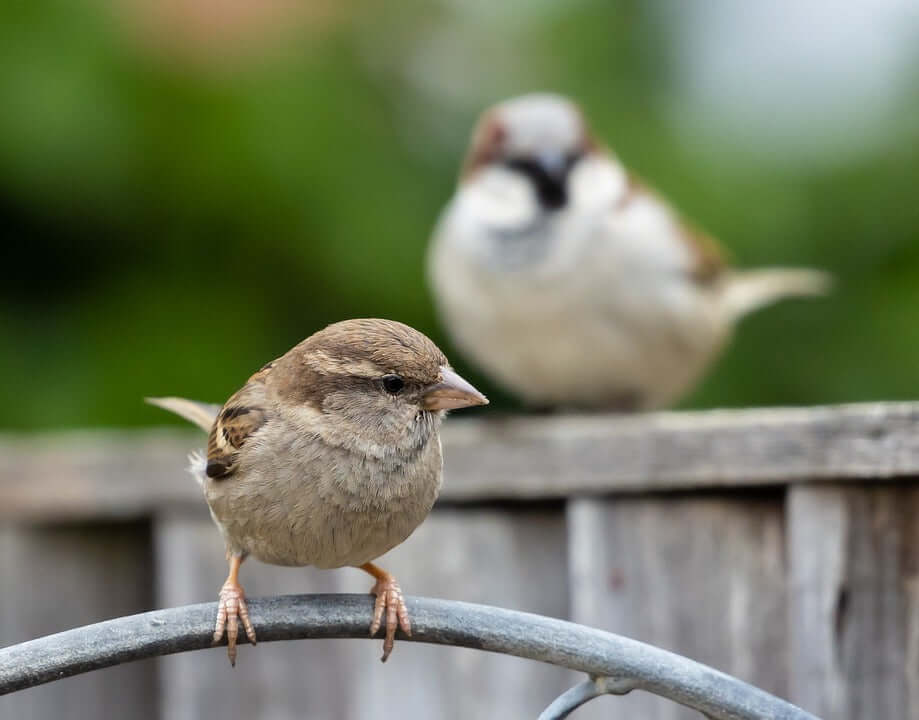In the world of birds we have many terms, and one of those terms is that of a fledgling.
 A fledgling relates to a stage of development where a juvenile is ready to leave the nest. To determine whether a juvenile is in the nestling or fledgling stage, we can look out for some physical differences. A fledgling will be fully feathered, its wing feathers won’t be as long as that of their parents and they will have a sprouting tail, not yet fully grown. On the other hand, nestlings will have bald spots and pin feathers.
A fledgling relates to a stage of development where a juvenile is ready to leave the nest. To determine whether a juvenile is in the nestling or fledgling stage, we can look out for some physical differences. A fledgling will be fully feathered, its wing feathers won’t be as long as that of their parents and they will have a sprouting tail, not yet fully grown. On the other hand, nestlings will have bald spots and pin feathers.
Another difference is that nestlings don’t develop wild instinct straight away; their beaks will be wide open, even towards humans at this stage as their natural instinct is to beg for food. Fledglings are more likely to have developed this skill by the time they leave the nest. This helps them as they enter this vulnerable stage where they are at the risk of predation and short food supplies.

Like humans, fledglings need to gain control over their muscles in order to move about. This may start out with small hops around the garden or short steps along the pathway as they gain the confidence to attempt their first flight. It may take them a few days to a few weeks (depending on bird) to acquire the competency to fly – lots of practice is certainly the way to go!
Some birds can fly out of the nest straight away, without any training. These include: swifts, swallows and house martins.

Another interesting fact about fledglings is that if one is in danger or harmed, you can pick them up and move them to safety. Birds will not reject their fledglings if they have human scent on them because they recognise their babies through sound rather than smell.
It is important for baby birds to have a suitable supply of nutritious goods to promote healthy growth. Most of the energy derived from a nestling’s intake is put towards the overall growth of the bird. Due to this, fledglings will not have elaborate plumage for a little while.
Below is an image of a fledgling robin. As you can see, this robin does not have its vibrant orange chest yet.

If you find a nestling out of its nest the advice is to contact a wildlife rescue centre as soon as possible. With regards to fledglings, leave them be unless they are in danger or hurt. A lot of the time, parents will be close by.
Food offered to fledglings should be spongy in texture – overly wet food can cause choking and even drowning in some circumstances. Fledge™ Bird Food - Optimal Foraging and live mealworms would be a perfect introduction for baby birds. If you leave the mealworms out, these can be fed to nestlings and fledglings via their parents. Soft foods which are the bird world equivalent of food for baby birds are enjoyed by fledglings and adults alike. Softbill Food™ for Songbirds and Prosecto Insectivorous™ are a couple of soft foods which are filled with nutritional benefits for your garden birds.

Lets get our fledglings flying! Best of luck.
Written by Julianne Jessett




1 comment
Hi, some birds, such as those that nest in holes in trees may have to be coaxed from the nest cavity but most birds ‘fledge’ after acquiring wing (flight) feathers and contrary to the article they fly instinctively they don’t have to be ‘trained’ to fly.